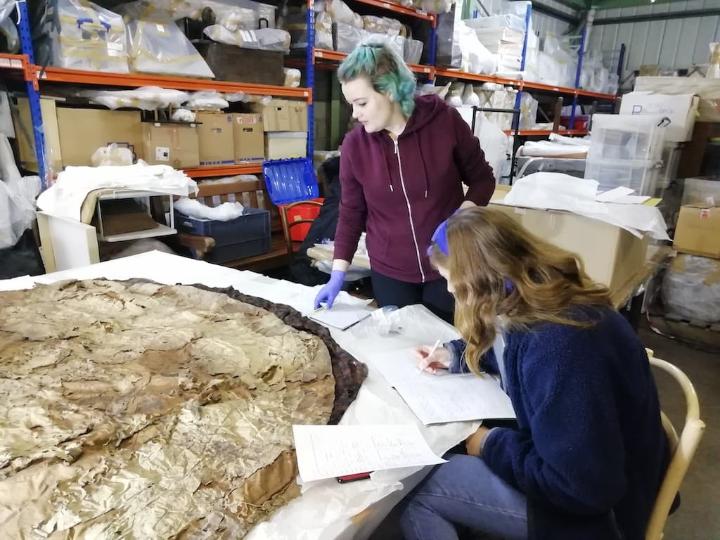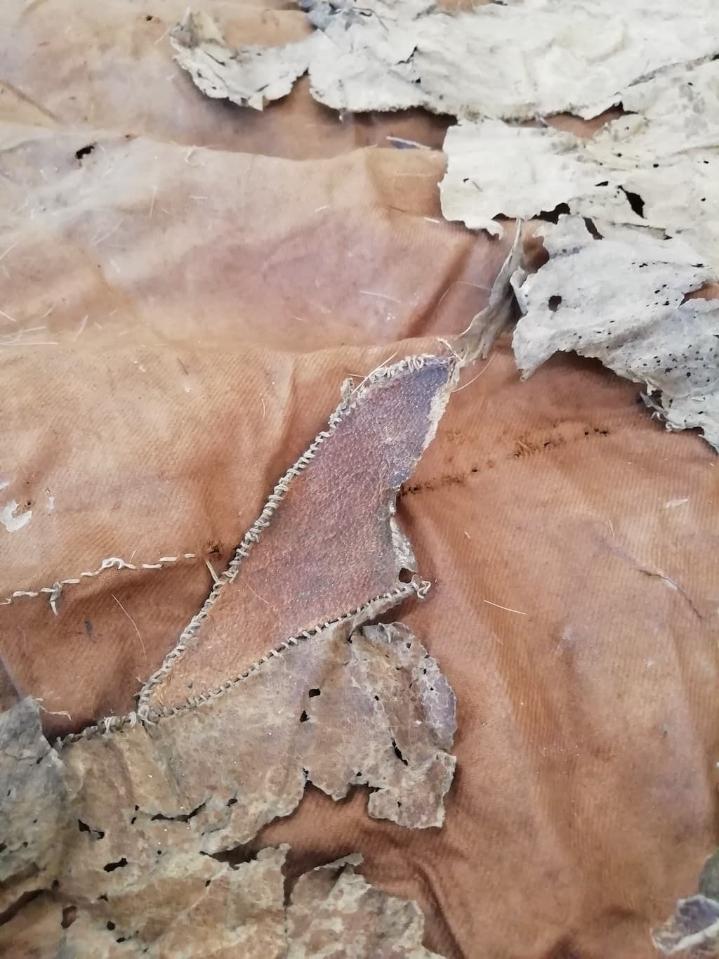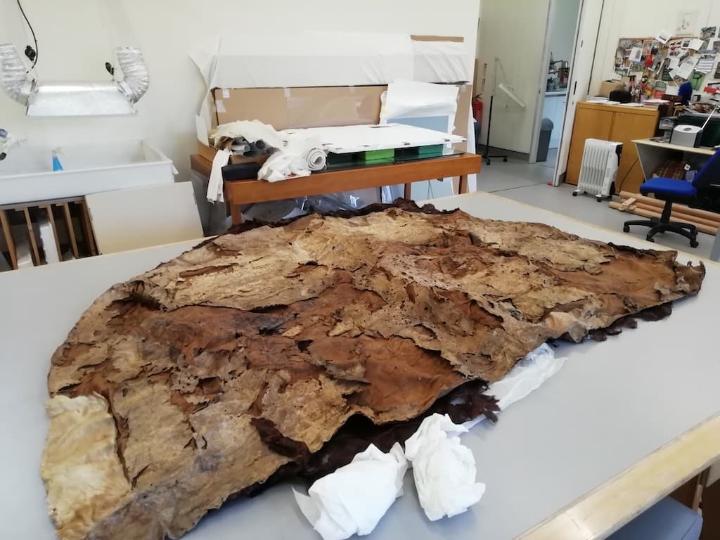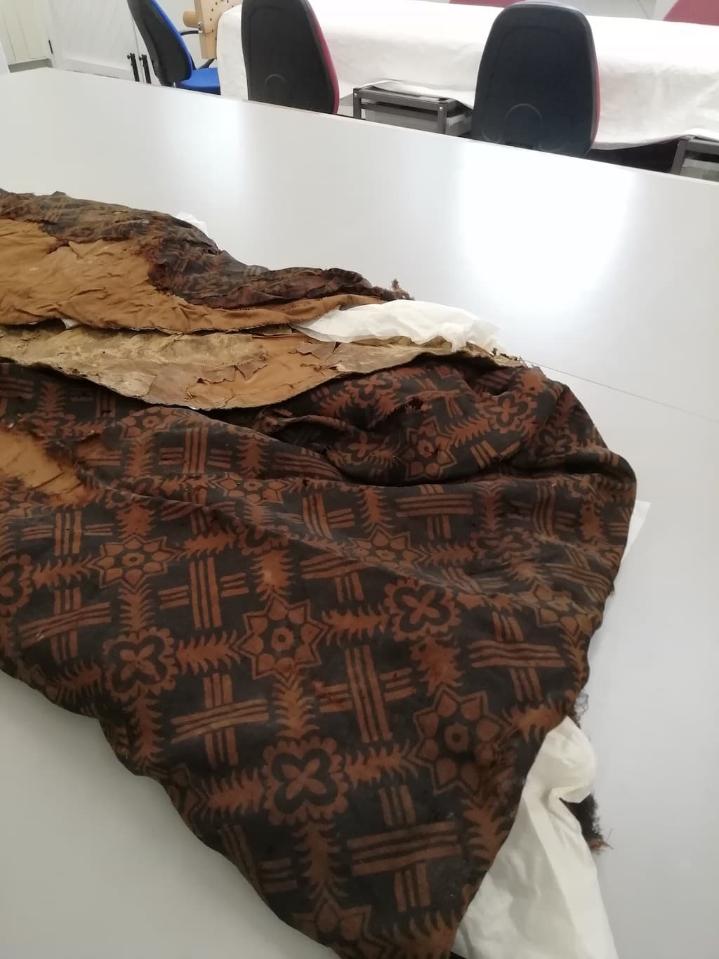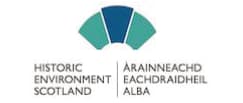Insights from the Collection - Antelope Skin Kaross
David Livingstone was too ill to immediately travel back to Britain at the end of his Trans-Africa Expedition in 1856. Instead, he stayed on the island of Mauritius (on the East African Coast) as a guest of Major General Charles Murray Hay. It was during this stay, that Livingstone reportedly met Captain George Milman and was gifted a cloak made out of antelope skin, traditionally known as a ‘kaross’.
The kaross was later donated by George Milman to the Warwickshire Natural History and Archaeology Society in 1892 and found its way to David Livingstone Birthplace (DLB) in the late 1970s. The documentation held at the DLBM about the donation outlines how it was proposed to be displayed as part of the collection of David Livingstone’s possessions.
Milman’s account states that Livingstone made this cloak himself, but without further documentation, the truth of its origins remains a mystery to this day. However, what is certain is that this kaross holds a great deal of social and historical significance. Karosses had been used throughout Southern Africa by community groups including the Khoikhoi and the San people for centuries.
These garments also served multiple practical functions: they provided warmth, were used to carry personal items and helped with food preparation. For the Khoikhoi and the San people, karosses played an important societal role in marking a child's transition from childhood to adulthood.
The garment’s cultural importance differed for each gender. Initially, men did not wear karosses as children. Instead, adolescent boys first had to prove their worth through their ability to hunt and to provide for their future family and community. They sewed their own kaross out of the skins of the first animals they successfully hunted and killed. This process demonstrated their skills as hunters and craftsmen, both of which were essential for their status within their community.
In contrast, women wore small karosses as children but once married were gifted an adult-sized kaross by their new husband. This new kaross signified their role as a wife and mother, and was used to aid her in these roles.
In addition to their cultural significance, for the people living in and around the Kalahari Dessert (which spans present-day South Africa, Botswana and Namibia), Livingstone recorded that karosses were produced for the purpose of trading. Highly valuable objects, Livingstone collected a number of karosses to be given as gifts to his benefactors. In addition to Milman, Livingstone also gave a kaross to Mrs McRobert (a local to Cambuslang) after she collected funds to support Mebalwe Molehabangwe, the Tswana evangelical who came to Livingstone’s rescue during the famous lion attack.
The fact that Livingstone is said to have made the Museum’s kaross himself, out of an antelope species he was credited with discovering near Lake Ngami, makes it even more special. Unfortunately, we have no records detailing the specific group who helped Livingstone to make this cloak, but its very existence highlights his interest in the people and customs of Southern Africa. Livingstone’s journals attest to his fondness of the San people, or Bushmen as he referred to them, so perhaps it was this good relationship which led to the production of the DLB’s kaross.
Sadly, the original cloak is in too poor a condition for permanent display. Instead the Museum is working towards acquiring a reproduction for display with the help of Dress and Textile History students from the University of Glasgow. Acquiring the reproduction has come with its own challenges. Much consideration has been taken over the ethics of using animal skins and the best way to reflect the specialist skills evident in the original object. However, the final product will demonstrate the beauty of the kaross. The original and the reproduction will help people to recognise the wealth of information such objects can bring to the story of David Livingstone and the time he spent in Southern Africa.
Caption - Kaross (a traditional cloak or blanket) sewn out of animal skin. The example held by David Livingstone Birthplace is in too poor a condition to be put on display.
About the Researcher - Saffia King, Dress & Textiles History Student, University of Glasgow
I am currently studying for my Masters in Dress and Textiles History at the University of Glasgow. Coming from a re-enactment background, I have always had a great interest in the past and have been fascinated by both the practical and theoretical aspects of dress and textiles. I pursued my love of history by graduating with an undergraduate degree in Ancient History and Archaeology last year, before carrying onto my master’s degree at Glasgow. Whilst on my placement with David Livingstone Birthplace Museum I have had the opportunity to research a range of objects from various backgrounds and delve into some less researched topics, which has been a fascinating part of uncovering the story of David Livingstone and Southern African history.
